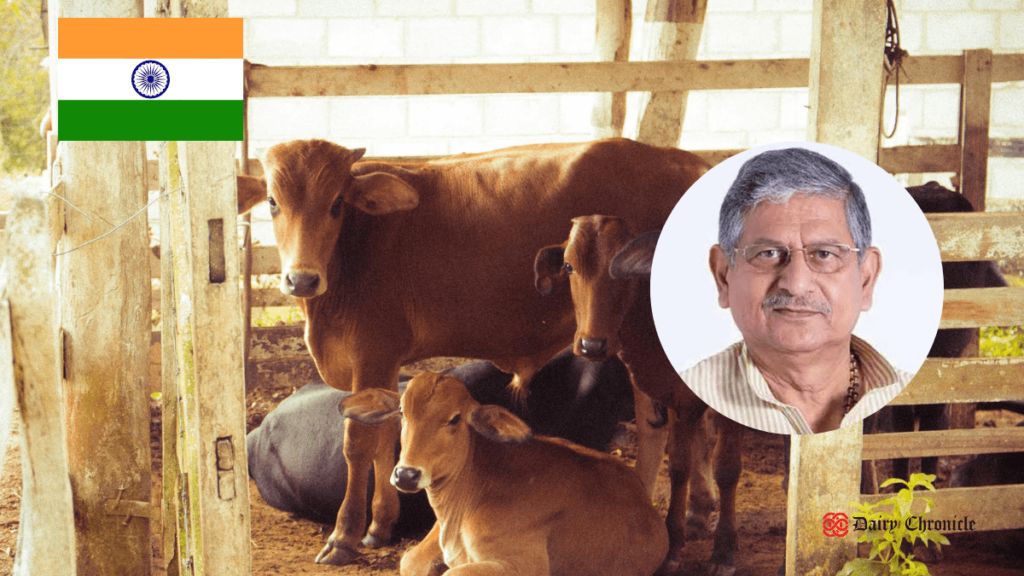India’s Union Minister Shri Rajiv Ranjan Singh reviewed the strategy to achieve an FMD-Free Bharat by 2030, emphasizing vaccination and disease management in key states.
The Indian government, under the leadership of Shri Rajiv Ranjan Singh alias Lalan Singh, Union Minister of Fisheries, Animal Husbandry & Dairying, is making significant strides towards eradicating Foot and Mouth Disease (FMD) from the country by 2030. This ambitious goal is central to the broader strategy of enhancing the productivity of the livestock sector, which is crucial for both the Indian economy and the livelihood of millions of farmers.
Key Objectives and Measures
The Union Minister recently reviewed the ongoing efforts to combat FMD, a disease that incurs an estimated economic loss of around Rs. 24,000 crores per year. The eradication of FMD is expected to boost milk production, support farmers’ livelihoods, and open up new export opportunities for milk and livestock products.
Strategic Plan for FMD-Free Zones
The government’s action plan involves creating FMD-free zones in key states based on comprehensive sero-surveillance assessments. Priority will be given to states such as Karnataka, Tamil Nadu, Andhra Pradesh, Telangana, Uttarakhand, Punjab, Haryana, Maharashtra, and Gujarat. The aim is to declare these regions FMD-free by implementing advanced vaccination strategies and addressing local disease challenges.
NADCP: The Flagship Scheme
The National Animal Disease Control Program (NADCP) is the Indian government’s flagship initiative aimed at controlling two major diseases: FMD and Brucellosis. Under this scheme, a rigorous vaccination regimen is enforced. The program has successfully completed Round 4 of vaccinations in cattle and buffaloes across 21 states, with about 82 crore vaccinations administered to date. Round 5 has already concluded in Karnataka and Tamil Nadu.
Implementation and Support
The Union Minister emphasized the importance of ensuring a steady supply of quality vaccines and highlighted the role of domestic ICAR institutions in developing these vaccines. India’s capability to export vaccines to other Asian countries reflects the robustness of its vaccine production infrastructure. The government provides technical and financial support to state governments for vaccine administration, awareness campaigns, and establishing necessary cold chain infrastructure.
Quality Assurance and Monitoring
The vaccination program is closely monitored through neuromonitoring and sousveillance to ensure the efficacy and effectiveness of the FMD vaccines. This scientific approach is crucial for maintaining the integrity of the vaccination efforts and ensuring that the disease is effectively managed.
Extension to Sheep and Goats
In a significant development, the vaccination initiative has been extended to pastoral sheep and goats across the country. Ladakh has already commenced vaccination for these flocks, with careful monitoring to track the disease and ensure the absence of the virus in the environment.
The commitment to achieving an FMD-free Bharat by 2030 is a testament to the government’s dedication to strengthening the livestock sector and improving the livelihoods of farmers. Through coordinated efforts, strategic vaccination, and robust support systems, India aims to overcome the challenges posed by FMD and set a global example in livestock disease management.



